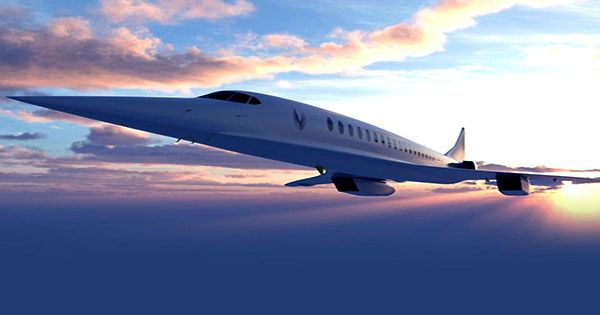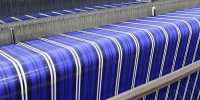United Airlines has announced that it will purchase 50 Boom Overture supersonic jets for commercial use by 2029, heading back to supersonic passenger aircraft almost 20 years after Concorde was canceled. Supersonic planes took seven and a half hours to fly from New York to London, but were abandoned in 2003 after Concorde’s final flight. Concorde became financially ineffective after a high-profile crash in 2000. Additional ticket prices, higher fuel costs and increasingly high maintenance costs. If Boom’s supersonic planes continue to be successful, it will depend on overcoming the problems that land the Concorde. So can it be done?
Supersonic flights are so called because they travel faster than the speed of sound. To do this, the aircraft must break down with a noise barrier, which requires an efficient aerodynamic design to reduce the pull, and sufficient emphasis must be placed on powerful engines to overcome the turbulence caused by the shock waves. Breaking sound barriers also requires engines that burn with lots of jet fuel – one of the main flaws of the Concorde and something that has only become more controversial in recent years. So you would expect Boom, which is in the prototype stage of Overture development, to focus its designs on increasing fuel efficiency.
The Colorado-based company can choose between turbojet and turbofan engines. When a turbojet moves at its fast speed, it produces all the thrust from its exhaust gas. Meanwhile a turbofan engine with its fan blades raises the skin, emphasizing most of the amount of air. This amount of air defines the engine’s “bypass ratio”. High bypass ratio turbofan engines are more fuel efficient than turbojets. Their low emission speed makes them calm, but they tend to get bigger, resulting in higher pulls at supersonic speeds. These drag penalties have surpassed the turbofans’ skills for long-lasting supersonic flights in the past.
A good compromise is that there may be less bypass turbofan with an outburner that adds extra fuel to significantly increase the available combustion and is commonly used in military jets. This type of engine was used in the early production versions of another supersonic passenger jet, the Russian Tuplev Tu-144, but it was very ineffective because it had to keep firing its subsequent crew to maintain the supersonic cruise. The next burner of the Tu-144 contributed to a very noisy cabin, humming loudly at 90 decibels – Concorde’s turbojets, already only taking off and breaking the noise barrier, improving its fuel economy and reducing cabin noise during supercruising.















